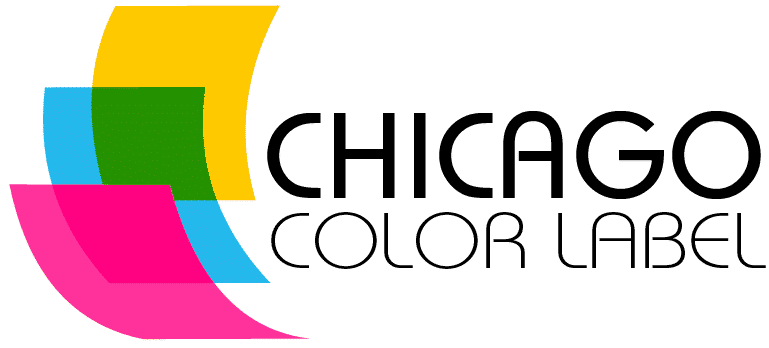Afinia Label Ink – How to Choose the Correct One Leave a comment
Choosing the Correct Ink Type for Your Afinia Printer.
Afinia color label printers bring cost savings and convenience to companies and individuals wanting complete control of their color label printing requirements. The ability to print your own labels frees you from the overhead burden of minimum order quantities, long production lead times, storing large quantities of media, and risking throwing away thousands of labels due to out of date designs or information. Making the right decision about the type of label ink you’ll need to use with your new Afinia printer is arguably one of the most important decisions you need to consider when researching color label printers. With that said, let’s back up a bit!
You Don’t Know What You Don’t Know
Before purchasing your first color label printer, you need to start asking a few important questions. But how do you know what to ask and why? How many times have we made a decision about something of consequence only to find out after the fact that you forgot to ask one or two of the MOST IMPORTANT questions?
Take for example a person who’s replacing their 15-year-old refrigerator for their modest apartment. They’re no dummies. They know they need to measure the space between the cabinet where the left edge of their refrigerator sits and the right wall that butts up against the right side of the appliance. The opening measures 40 3/4 inches. They have done their research and know that a standard refrigerator width is 39 ¾, so they purchase their new standard width refrigerator confident it will fit.
What they don’t realize is that most modern refrigerators now have hinges that cause the doors to swing out an additional 1 inch beyond the fixed width of the frig. They watch in horror as the installer places the refrigerator in its place and is only able to open the door halfway because the hinge runs into the wall as it opens.
Asking the Right Questions
The diverse collection of the Afinia printer line gives organizations a broad selection of ink types and color label printing hardware to choose between. From entry-level business-class desktop printers such as the Afinia L301 to high-volume, commercial-grade bench printers such as the Afinia L801, Afinia has a printer for any application and budget.
However, the printer model is far from the only important factor when selecting a color label printer. Other important factors must be considered such as desired print speed, what media types will be required, and how many labels you expect to print on a monthly basis. Most of our new customers will quickly agree and recognize the importance of identifying those aspects of a label printing solution. Even so, there are some much more important foundational questions that should be discussed before those decisions are made.
- Are your labels going to be exposed to sunlight or other UV intensive lighting?
- Will your labels be subjected to abrasion?
- Is your label going to encounter high humidity, condensation or exposure to liquids?
- Do your labels require precise color reproduction (such a prime labels) or is durability more important?
All of the above questions center around one of the most important questions you need to ask…
What Type of Label Ink Should I Choose?
The Afinia printer model you select and the type of label ink you decide to use can be more easily determined by asking yourself which one of these things is most important: Durability, color vibrancy, or both?
I need my labels to be durable!
Abrasion, moisture, and UV light can be a harsh environmental factor when it comes to your labels. If you expect your labels to be subjected to any of these factors for moderate or extended periods of time, our pigment-based inks and Plus inks are perfect solutions. Both ink types offer enhanced durability against exposure to these conditions and will guard against fading, yellowing, smearing, and etching.
Vibrant, colorful images are more important to me!
Dye inks fit well for labels destined for prime labeling, marketing stickers, and retail presentation. If your labels require as much “pop” as possible and aren’t at risk for exposure to liquids and condensation, consider using dye-based label ink.
What if I need both?
We understand. Sometimes you need it all. While the decision between durability and color reproduction may be cut and dry for some applications, there can be instances where you simply cannot compromise and need you’ll need to have the best-looking labels possible while also making your designs robust and resilient. Don’t worry, there is a solution… Lamination!
The process of lamination involves applying a very thin, transparent protective film to your printed labels. This protective layer will guard your labels from the harmful and damaging effects of UV light and moisture. Lamination can be obtained in gloss for a shiny surface or matte finishes for labels with no glare.
The lamination process requires the use of specialized finishing equipment (referred to as finishers) that automatically applies the lamination material to the top of your labels. Finishers can also be used to cut custom shapes allowing you to produce labels with irregular edges instead of standard circular, oval or rectangular labels.
We hope this helps to clarify an otherwise confusing topic when selecting the appropriate Afinia printer and in turn, the proper label ink solution for your application. But if you still find you have questions, we are happy to answer any additional questions you might have. Simply contact us with your questions and we’ll surely be able to help.



